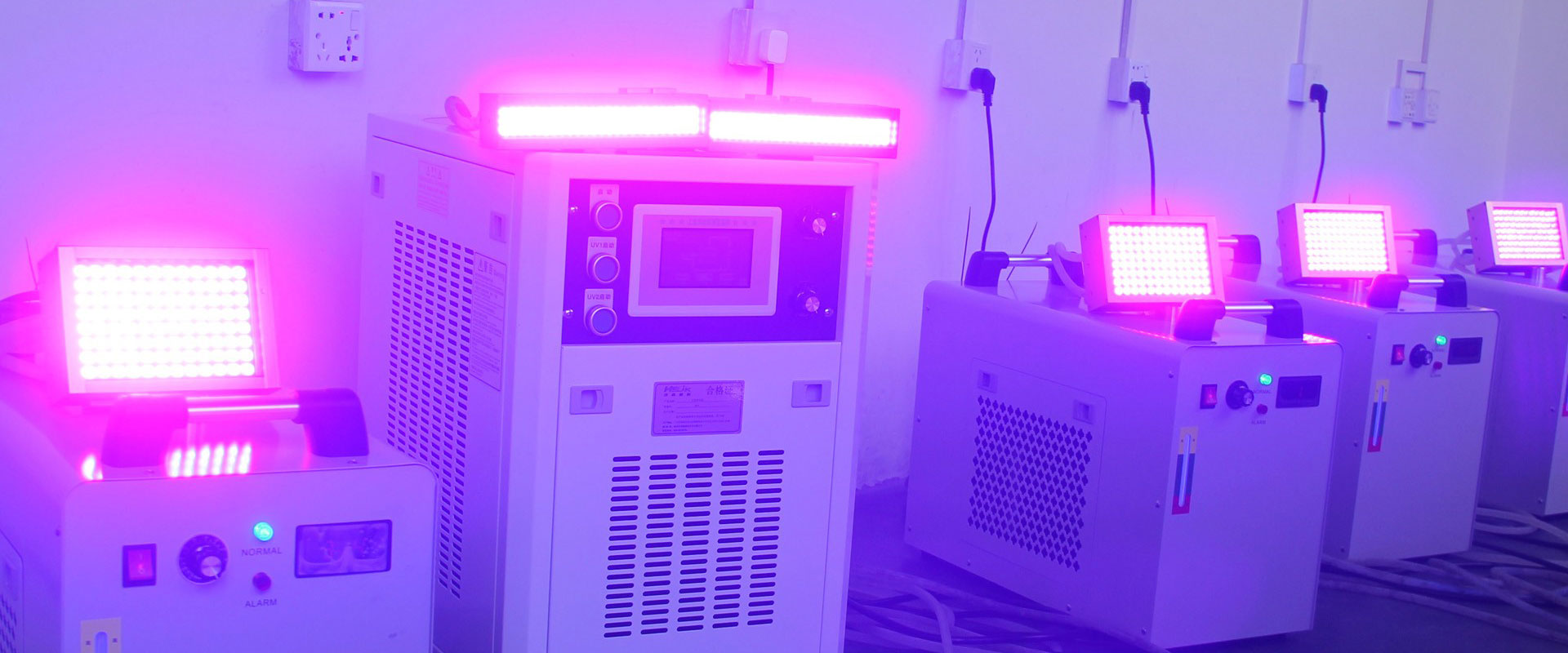LED UV Curing Lamp: The Core Driving Force for Increasing the Capacity of Trademark Machines
News 2025-11-21
In the trademark printing industry, balancing production efficiency and product quality has always been a key factor in corporate competition. Traditional mercury lamp curing technology, due to issues such as high energy consumption, short lifespan, and slow response, has failed to meet the needs of high-speed and intelligent production. LED UV curing lamps, with their unique advantages, have become an “essential” equipment for increasing the capacity of trademark machines.
1.High Efficiency and Energy Saving, Reducing Operating Costs
UV curing uses solid-state light-emitting technology, with energy consumption only 30%-50% of traditional mercury lamps. It can start instantly without preheating, significantly shortening production standby time. Its lifespan exceeds 20,000 hours, greatly reducing replacement frequency and lowering maintenance costs.

2.High Efficiency and Energy Saving, Reducing Operating Costs
UV curing uses solid-state light-emitting technology, with energy consumption only 30%-50% of traditional mercury lamps. It can start instantly without preheating, significantly shortening production standby time. Its lifespan exceeds 20,000 hours, greatly reducing replacement frequency and lowering maintenance costs.
3.Environmentally Friendly and Safe, Aligning with Industrial Trends
UV curing technology emits no ozone and contains no mercury, complying with environmental standards such as the EU’s RoHS and REACH, helping enterprises avoid policy risks. In addition, its cold light source characteristic reduces workshop heat load, improves the working environment, and enhances employee work efficiency.
Against the backdrop of the transformation of trademark printing towards high speed, precision, and green practices, LED UV curing lamps have evolved from optional configurations to essential technology. Their comprehensive advantages in energy saving, environmental protection, quality, and efficiency are driving the industry to break through capacity bottlenecks and helping enterprises gain a market advantage.


